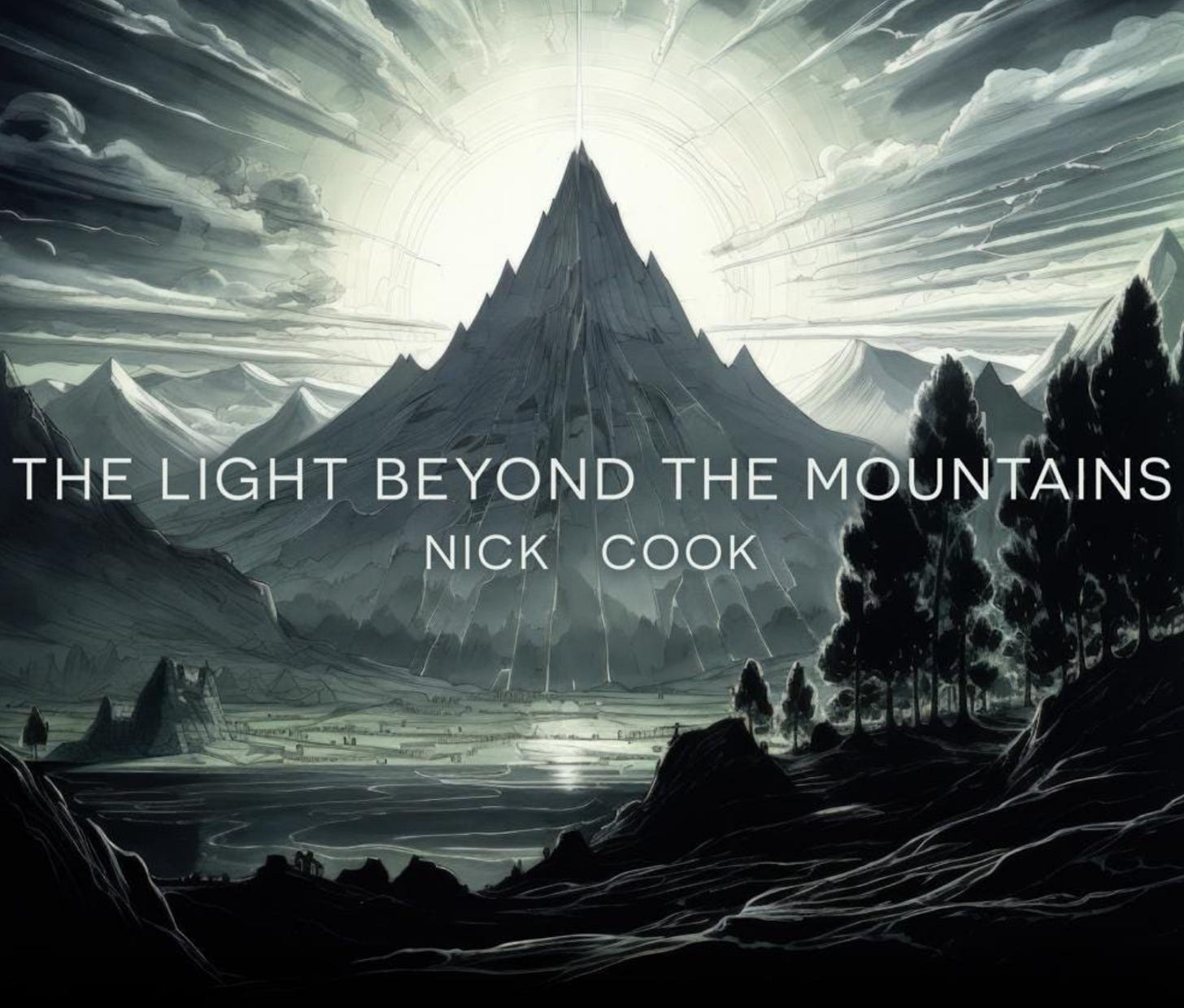(Cover image © Tristan Maduro)
Chapter 23: Havana
Doug Ferguson and Kate Husband, both State Department officials working at the US embassy in Havana have the unfortunate distinction of being among the first people to record the signatures of what has come to be known as ‘Havana Syndrome’. In late 2016, US embassy staff in Cuba began to report the symptoms of a mystery illness. Most mystifyingly, it was associated with sounds Doug and his partner Kate heard coming from their backyard – a persistent high-frequency ringing noise.
Doug, a lean, fit IT manager tasked with running the embassy’s comms, thought it was a type of insect. But then, Kate woke one night to find the room spinning. When she tried to stand, she couldn’t get her balance. She felt powerfully sick.
For several weeks, she and Doug wrote it off as acclimatisation – they were new to Cuba and thought it might be something to do with the food or the water.
But the symptoms, which included hearing loss, severe headaches, dizziness, and memory issues, as well as nausea, didn’t go away; they got steadily worse.
Early the following year, they learned of another diplomat at the embassy who’d checked into a US hospital with symptoms very similar to theirs; symptoms he, too, had associated with an insect-like sound, one that he’d captured on his phone.
“When I listened to it, Doug said, “I realised it was the exact same sound.”
When, finally, US medics ran tests on them, they came back with a diagnosis neither Doug not Kate had imagined: they had suffered mild traumatic brain injuries.
While Doug was soon cleared to go back to work, Kate’s injury was so serious - her doctor said it was like she’d aged ‘25 years all at once’ – she was forced to retire from the State Department on medical disability grounds.
Four years later, in late 2020, a committee of the US National Academy of Sciences – the country’s most prestigious science body – produced a report. By then, hundreds of US diplomatic and intelligence officials had symptoms of Havana Syndrome. Within a few more years, that number had risen to more than 1500 and was still climbing.
‘The most common and distinctive features of the initial onset and acute phase of the illness in Havana personnel,’ the National Academy report stated, ‘were the sudden onset of a perceived loud sound, sometimes described as screeching, chirping, clicking, or piercing, a sensation of intense pressure in the head, and pain in the ear or more diffusely in the head.’ Individuals reported, variously, the sudden onset of tinnitus, hearing loss, dizziness, an unsteady gait and visual disturbances.
It added: ‘Most individuals reported that the sound or these other sensations appeared to originate from a particular direction or that they perceived them only in certain physical locations. Individuals interviewed by the (NAS) committee described alleviation of the symptoms by moving from their initial location to a different one, a different room, for example, of the building in which they were located at the time.
‘Importantly,’ the report stated, ‘the committee finds this constellation of acute symptoms with directional and location-specific features to be very unusual … and unlike any disorder reported in the neurological or general medical literature.’
The National Academy considered various causes – including chemicals and infectious agents – but concluded the acute, early phase symptoms and observations were consistent with ‘RF effects.’ Radio frequency – covers a spectrum from radar to radio, Bluetooth to Wi-Fi. Everyone agreed, however, that something more sinister was afoot.
Well, not quite everyone.





